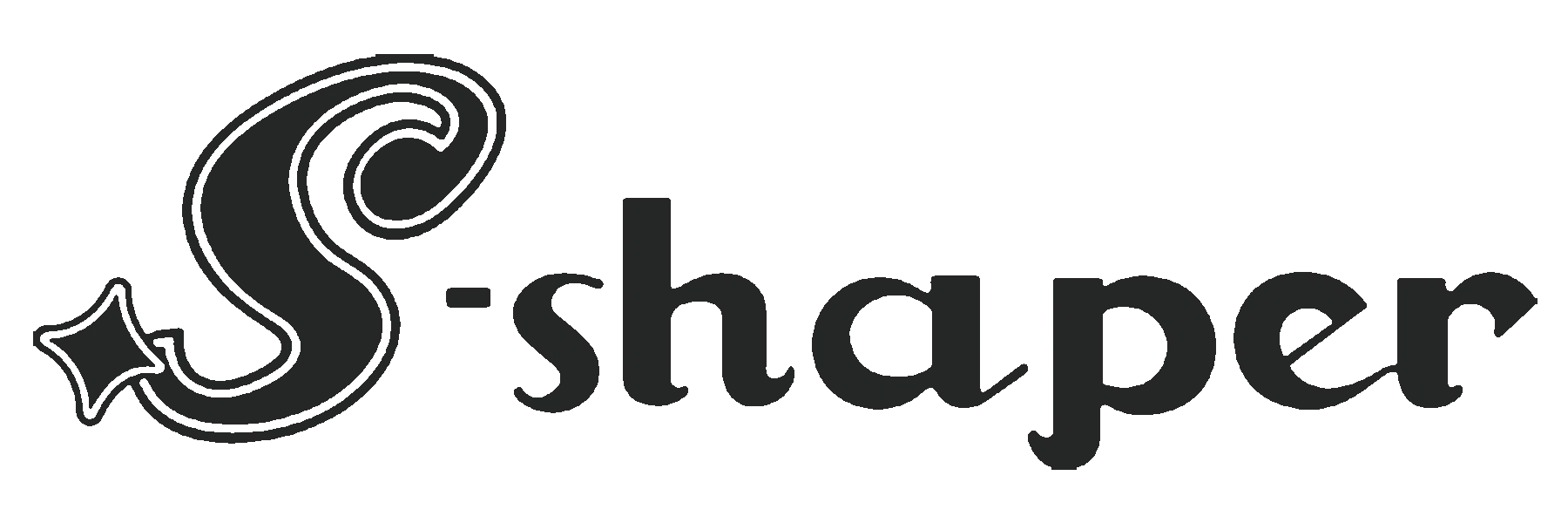How to Choose the Best Shapewear Manufacturer to Support TikTok Startup Business?
Shapewear is having a major moment right now, thanks in large part to TikTok. As more and more influencers show off how shapewear can smooth, lift, and enhance your natural curves, startups focused on shapewear are exploding. However, finding the right manufacturing partner is crucial for creating quality products that live up to the hype. This comprehensive guide will walk you through how to vet and select the best shapewear manufacturer to support your viral TikTok business.
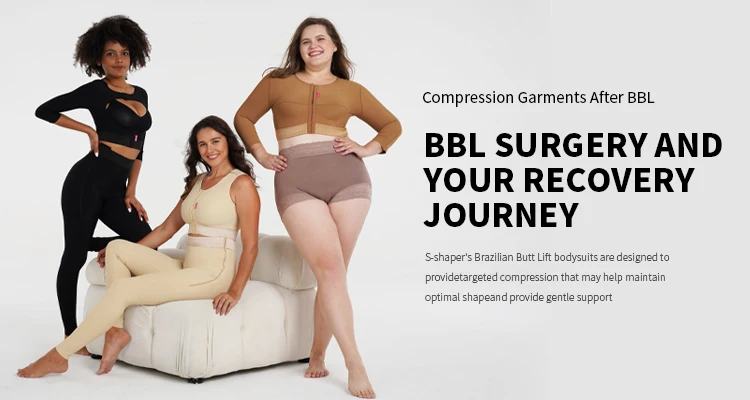
Understand the Shapewear Manufacturing Process
Before starting your search, it’s important to understand the unique complexities of producing shapewear. Here’s an overview of the manufacturing process:
Choosing the Right Fabrics
Shapewear requires stretchy, ultra-comfortable fabrics that also provide compression and shape. Common fabrics include nylon, spandex blends, and lightweight microfibers that stretch four ways. Consider thickness, stretch capabilities, softness, breathability and cost.
Pattern Making and Grading
The manufacturer will create a custom pattern based on your specific design, then grade it to fit multiple sizes from XS to XL or beyond. This process requires high technical expertise.
Understand Compression Levels
Shapewear often uses graded compression, meaning panels target light, medium or firm compression where needed. Discuss options to balance compression, comfort and wearability.
Construction Techniques
Seamlessly bonded edges, flatlock seams, contoured panels and other construction methods ensure shapewear sculpts without digging in, binding or slipping.
Once you understand the production process, it’s time to start vetting manufacturers. Location, minimums, social compliance, quality control and other factors should guide your decision making.
Focus Your Manufacturer Search Locally
To enable faster turnaround times and simpler logistics, focus first on manufacturers located domestically. For TikTok businesses shipping within the US, factories based in Los Angeles and other California hubs offer proximity to fashion’s creative capital. You’ll more easily collaborate on new styles to capitalize on viral trends.
If expanding globally, explore partners stationed near target international markets to simplify shipping and customs processes. Just confirm language barriers won’t impede communication clarity.
Key Locations for US-Based Businesses:
- Los Angeles Garment District
- New York Garment District
- North and South Carolina Textile Hubs
Analyze Minimum Order Quantities
One of the biggest manufacturer considerations for startups is minimum order quantities (MOQs). Since you’ll likely start small, seeking shapewear specialists willing to produce short runs allows smarter inventory investments.
Compare Minimums Across Provider Options
- Domesticfactories often accommodate orders between 500-3000 units initially.
- Overseas partnersmay require higher sums from 3000 units+, limiting flexibility.
- When possible, negotiateyour own manageable minimums.
Having lower opening order minimums reduces upfront costs while enabling testing to refine best-selling shapes and fabrics. As social media buzz builds demand, increase orders accordingly.
Validate Social Compliance & Ethical Production
Fast fashion and shapewear have faced increased criticism over sustainability and fair labor issues. From the start, using manufacturers upholding safe, ethical standards is non-negotiable – not only for social duty, but also for reputation management.
Key Initiatives to Validate:
- Fair labor certifications (WRAP, BSCI, SEDEX, etc)
- Eco-conscious textile sourcing and production initiatives
- Gender equality and female empowerment programs
- Local community support and development programs
- Full supply chain transparency and accountability
Align with factories sharing your values. Influencers and consumers will reward your commitment to people and the planet behind the seams.
Assess Production Quality & Capacity Timelines
Launching viral products requires hitting sweet spots where trends are accelerating, but before mass saturation. This means partnering with manufacturers boasting extensive shapewear expertise to execute quality production runs fast.
Quality Control & Compliance Checkpoints
- Pattern making & consistent sizing accuracy
- For bonded seam edges – no fraying
- Secure stitching that allows stretch without tearing
- Compression performance testing
- Colorfastness testing to prevent run bleeding
- Compliance labeling & tagging
Capacity Scalability Timeframes
- Lead times for 500-1000 units at launch
- Ramp up scale plan for 5000+ units if viral visibility explodes
Ensure manufacturers have enough machinery, labor and suppliers to meet possible exponential demand spikes on short timelines.
Request Fabric Samples to Test Quality
The material composition, weight, stretch capabilities and feel next-to-skin define the comfort and sculpting performance of shapewear. Before committing, thoroughly evaluate fabric quality firsthand by requesting free samples.
Assess key metrics like:
- Softness
- Four-way stretch and recovery
- Breathability
- Compression levels
- Consistent sizing across material yardage
- Durability during wear and wash testing
- Match to lookbook photography
Don’t gloss over this step. Inferior fabric leads to unhappy customers and product returns.
Define Pricing Expectations Upfront
Creating sleek, body-smoothing shapewear requires advanced construction techniques unavailable to generic apparel factories. Expect to invest more per unit – but the price reflects unparalleled quality.
Shape & Complexity Impact Costs
Unique shaping features like underwire, reinforced tummy panels and more alter prices upwards. Simpler all-in-one options cost less. Define expectations early in consultations.
MOQs & Volume Discounts
At tiered order minimums (1k, 5k, 10k+ units), bulk pricing drops costs as much as 30%. Plan MOQ strategies to unlock best margins.
Validating exact pricing early allows accurate business planning. Don’t assume affordable costs until provided quotes.
Request Product Samples Before Full Orders
Before submitting a full production order, order an initial sample batch first. Providing sizing samples allows fit testing, photography, market research and other essential validations to avoid missteps.
Typical Sample Timeframes
- Virtual 3D samples: ~5 business days
- Physical samples: ~2-3 weeks production + shipping
Use this phase to assess sizing, material performance, construction quality and branding. Request adjustments until reaching 100% confidence.
Complete Compliance Documents For Product Liability Protection
To legally sell shapewear classified as a medical device or contraption, businesses must complete specific compliance processes. Consult regulatory experts to ensure protecting customer safety and satisfaction.
Essential Compliance Documentation
- FDA Drug listing
- Product label reviews
- Safety testing reports
- Product liability insurance
- Gender & age warnings
- Warranty policies
- E-commerce disclosures ( Prop 65, etc)
Don’t cut corners here. Non-compliance risks inventory seizures, legal fines and destroyed consumer trust.
Choosing the Best Overseas Shapewear Manufacturer
Sourcing shapewear production from overseas can significantly reduce costs compared to domestic manufacturing. But finding the right factory partner is even more critical when navigating international business complexities.
Asia-Based Manufacturing Hubs
For affordable skilled labor and established material supply chains, explore these locations:
- China
- Taiwan
- Vietnam
- Thailand
- Indonesia
Key Partner Qualifiers
- 5+ years serving US brands
- Fluent English speakers
- Trade compliance experts
- Social audits and transparency
- Quality certifications
- Rapid prototyping abilities
Logistics Considerations
Confirm details for simplified shipping/customs:
- Freight forwarding routes/costs
- Packaging strategies
- Compliance labeling
- Import duties and taxes
With rigorous vetting, overseas makers can fulfill quality production affordably. Just prepare for longer lead times – typically 45-60 days in full production cycles.
Create Partnerships for Growth
The most successful shapewear brands form synergistic relationships with manufacturers versus transactional siloed arrangements. When both parties invest in each other, incentives align driving innovation.
Make Yourself a Priority Client
Negotiate for premium production slots so capacity gets allocated to your orders first if material or labor shortages arise. Offer insights into sales data and audience feedback so factories can proactively advise on trends.
Commit to Initial Volume Minimums
Producing consistent orders of 5000+ units quarterly provides revenue reliability manufacturers appreciate. In return, you gain greater flexibility if needing to pause/pivot strategies. Consider negotiated exclusivity agreements cementing special status.
Ready to Find Your Shapewear Partner Match?
With this advice guiding your search, finding manufacturing collaborators delivering quality, innovation and reliability is within reach. Heed our tips to ensure production capacity scales in pace with your social media accelerator. Contact specialty factories for consultations today!
Frequently Asked Questions
1. Should I work with a domestic or overseas shapewear factory?
For new startups, domestic factories enable tighter collaboration and faster order turnarounds to capitalize on trends. Overseas options work for established brands requiring highest cost savings – if you can navigate longer lead times.
2. What machines are required to manufacture shapewear well?
Specialized bonding, sewing and cutting machines allow construction of lightweight yet powerful stretch fabrics into graded compression shapewear. Manual assembly risks inconsistencies. Modernized factories are best.
3. What certifications should ethical shapewear manufacturers have?
Look for WRAP (Worldwide Responsible Accredited Production), BSCI (Business Social Compliance Initiative), ISO14001 and other internationally-recognized social compliance audits confirming fair labor practices.
4. How much does custom shapewear cost per unit from a manufacturer?
Average costs range $15-$25 per piece based on complexity, fabric expense, minimums reached and location. Ultra-luxe fabrics like lace or silk increase prices over nylon/spandex blends. Expect to invest more for quality construction.
5. Should I ask a manufacturer for referrals from past shapewear clients?
Yes – vet manufacturers carefully before contracting long-term. Ask for referrals from 3-5 past clients and contact them. Ensure their experiences reflect ethical practices, quality consistency, timely fulfillment and transparent communication.
Share This Post:
Table of Contents
Most Popular
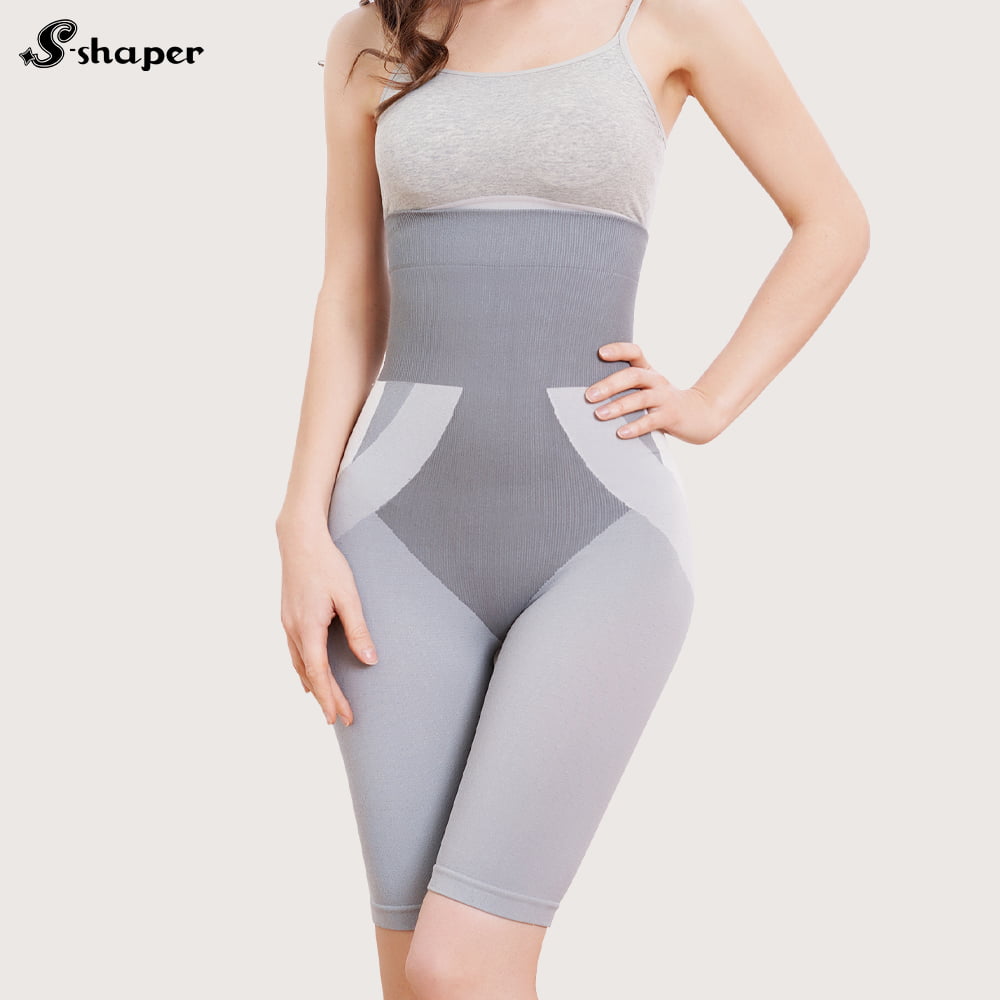
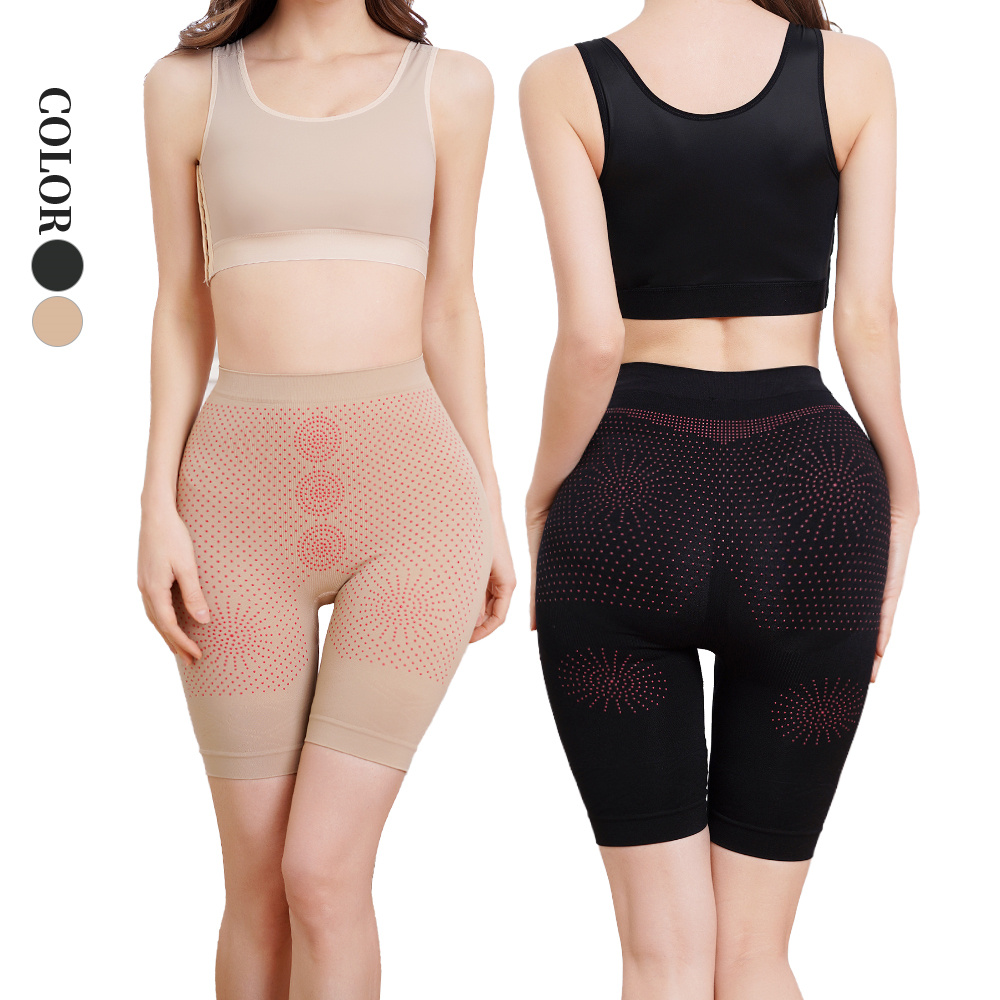
Sweat Shorts Factory in South America for Gymwear Startups
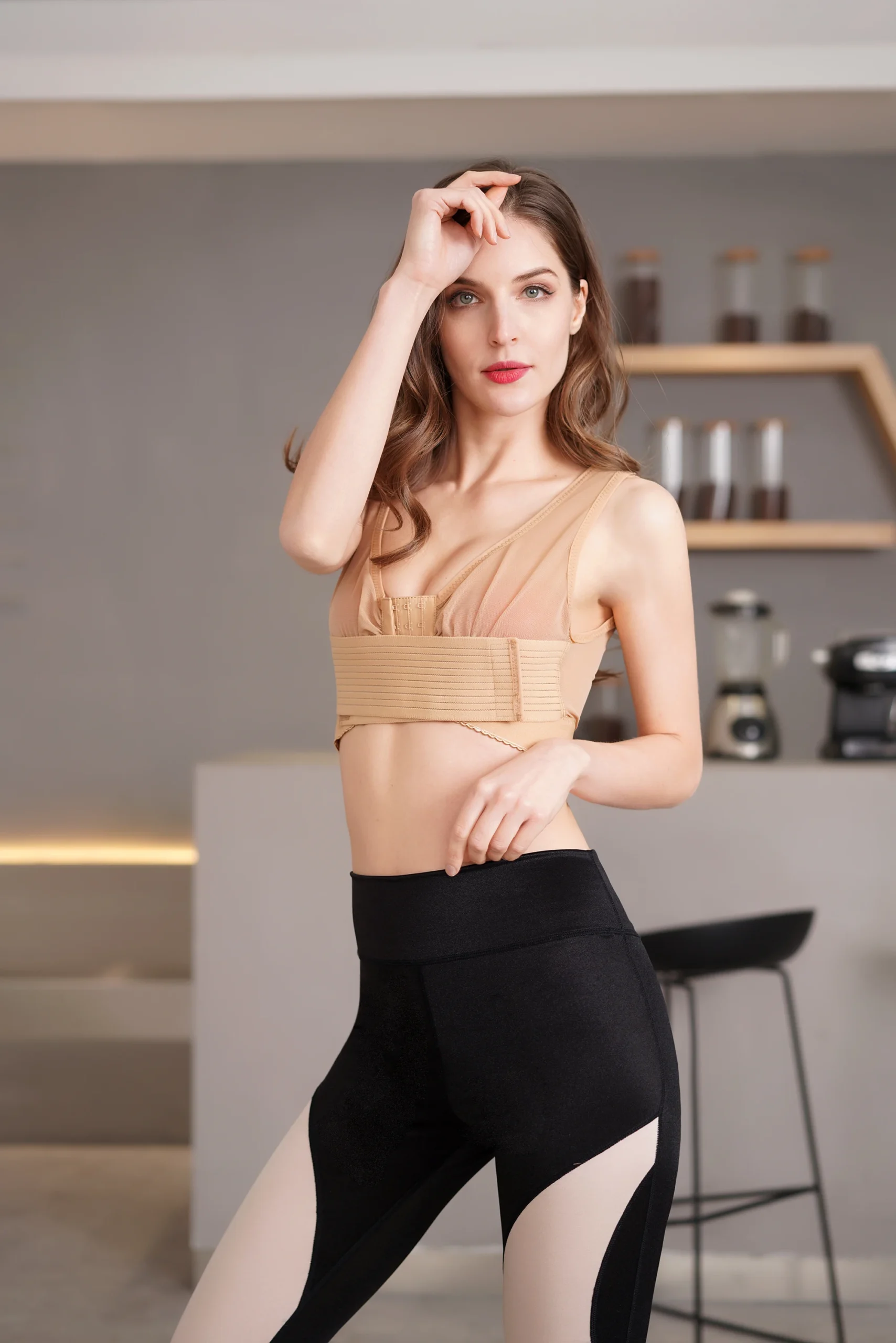
Sauna Belt Manufacturer in South America for Health & Wellness Brands
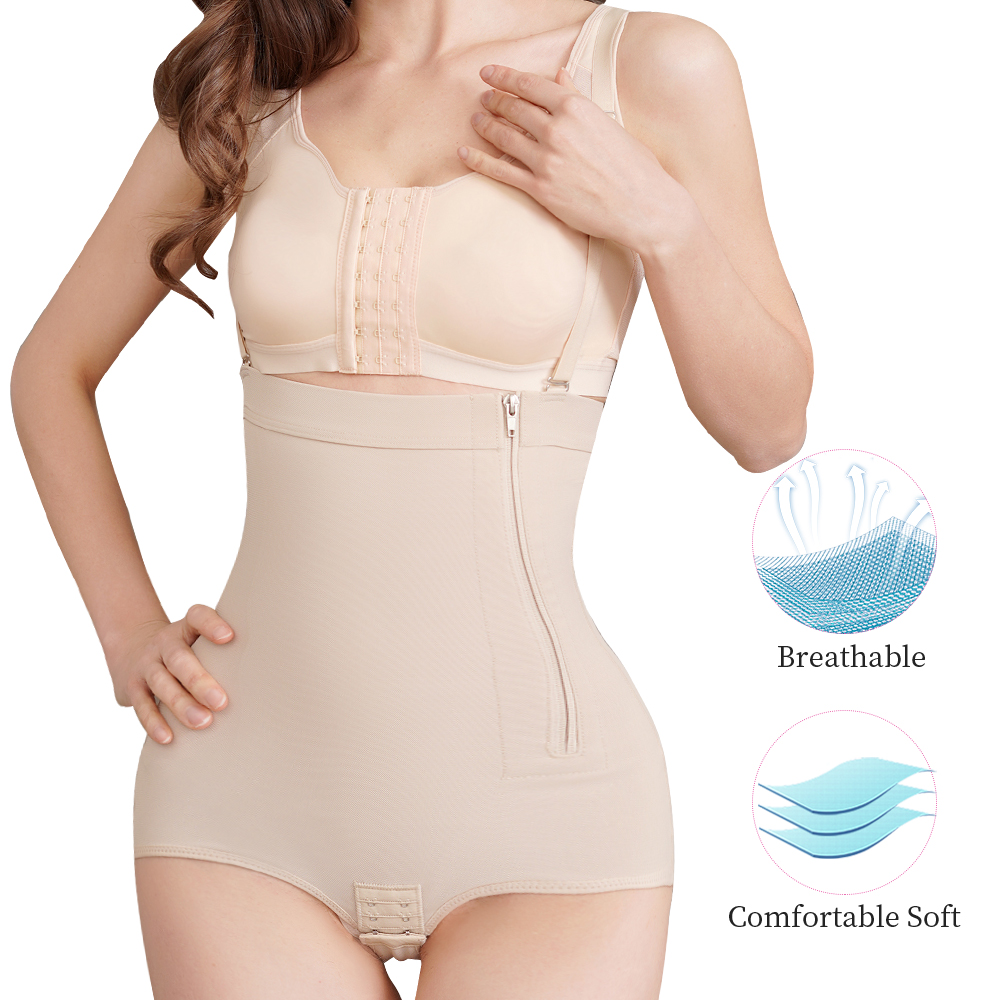
Wholesale Shaping Panty Factory in South America for Beauty Clinics
Get in touch with us
Related Posts

Arm Sleeves Manufacturer in South America for Sports Apparel Distributors
1. Why South America is Emerging as a Hub for Arm Sleeves Manufacturing In recent years, South America has become a strategic manufacturing base for sportswear, particularly performance accessories like

Sweat Shorts Factory in South America for Gymwear Startups
1. Why South America is Emerging as a Gymwear Manufacturing Hub South America is rapidly gaining recognition as a strategic location for gymwear and activewear manufacturing — including sweat shorts

Sauna Belt Manufacturer in South America for Health & Wellness Brands
1. Why Health & Wellness Brands Are Investing in Sauna Belts The health and wellness industry is booming globally, and sauna belts have emerged as a top product in the

Wholesale Shaping Panty Factory in South America for Beauty Clinics
1. Why Beauty Clinics are Turning to Wholesale Shaping Panty Suppliers In recent years, beauty clinics have evolved beyond skincare and cosmetic procedures to offer lifestyle-enhancing products. One of the
